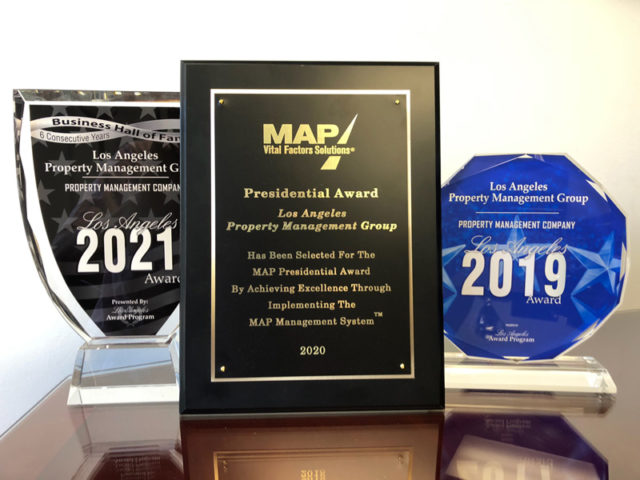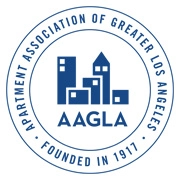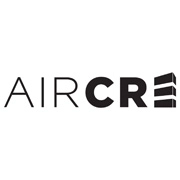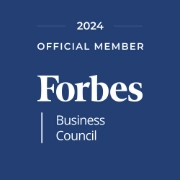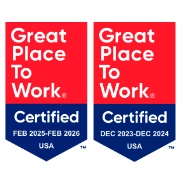
This article was originally published in Forbes on September 9th, 2024
The real estate rental market has been more competitive as of late. And while there’s always a thousand things owners can do to improve their property, the real art of ownership is knowing where to invest the money into the property that will go the furthest value-wise.
Below I’ve highlighted the four key areas that I’ve found in my 30 years of management that are the most worthy of investing in when the market is tight.
1. Maximizing Curb Appeal
Having started my career leasing my own properties, I know how essential the first impression of a property can be. When prospective tenants arrive, you start to notice there’s two types of smiles on their faces—The Genuine Smile where they are beginning to imagine themselves living there and The Polite Smile and Nod because they’ve already decided in their head that this isn’t the place for them. I often spotted these smiles before we even walked through the front door. Why are they already flashing the bad smile? Curb appeal.
A well-maintained exterior with appealing landscaping can captivate prospective renters and draw them in. Simple enhancements like fresh paint, a neat garden and an attractive front door can work wonders. Think of it as the “wow factor” entices tenants to explore further.
Curb appeal isn’t just about aesthetics; it reflects the property’s overall condition and maintenance. When tenants see that you’ve taken care of the outside, they’re more likely to believe you’ve done the same on the inside. So, invest in curb appeal, an essential element in attracting quality tenants.
2. Strategic Renovations And Upgrades
If you don’t have the money to invest in renovating the entire property, or if it’s simply not necessary at the moment, you might try investing in redoing only the high-traffic areas of the property, namely the bathroom and kitchen. Tenants usually tend to view updates in these areas as most impactful because they’re where people spend a lot of time and want to feel the most comfortable presenting to guests.
In the kitchen, it’s wise to start by replacing old appliances, as tenants are generally attracted by stainless steel or smart kitchen tech. Other quick, budget-friendly fixes can include resurfacing cabinets, adding a tiled backsplash or even investing in a fresh new coat of paint.
It’s also important to note that when you’re renovating, choosing durable materials can reduce long-term maintenance costs and appeal to tenants who value quality. For instance, hardwood floors, granite countertops and stainless steel appliances are not only aesthetically pleasing but also withstand wear and tear better than cheaper alternatives.
3. Focus On Function And Accessibility
Let’s face it, the population of the country is aging. According to the Los Angeles Daily News, the older adult population in the county is expected to double by 2030, meaning landlords looking to attract quality tenants will have to cater to their needs. One way of doing this is to focus on open, functional floor plans that increase accessibility.
According to the National Association of Realtors’ 2024 report, 14% of home buyers purchased a multigenerational home to take care of aging parents and children over the age of 18 who moved back home and for cost savings. Of the most popular and cost-effective updates in this area, installing ramps, widening the doorways and adding grab bars seem to pay off.
4. Effective Property Management
Surprise, surprise! The property management guy can’t help but mention property management itself. But it’s also essential. Effective property management is key to maximizing the ROI of your renovations and a strong team that you trust can help provide valuable insights into the local market, identify the most beneficial upgrades and manage the renovation process.
If you are considering working with a company, they can assist in overseeing all aspects of property operations, from tenant acquisition to maintenance. Leverage their expertise to optimize rental income through competitive pricing strategies, ensure high occupancy rates with effective marketing and minimize vacancies. Additionally, their access to industry best practices and bulk service discounts can further lower operating expenses.
Simply put—in a competitive market, the better-managed buildings are the ones that get leased and make a profit.

